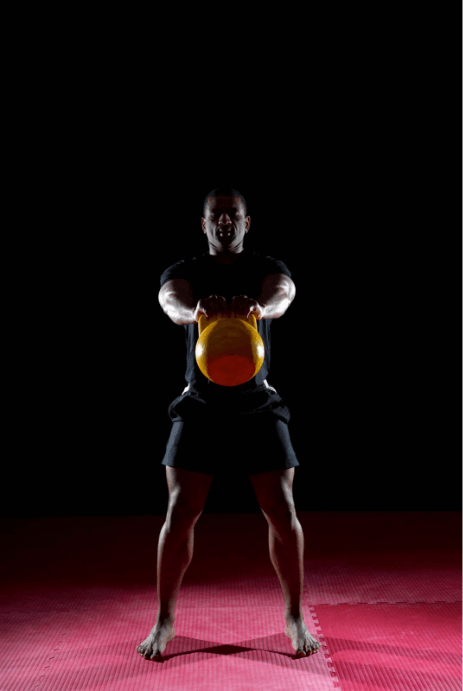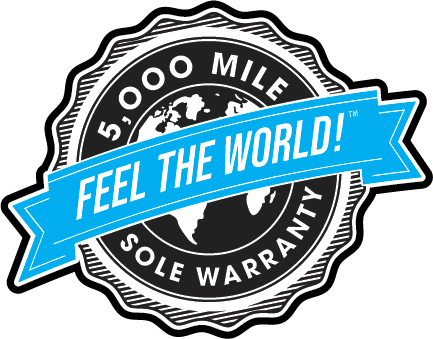Barefoot Shoes for Weightlifting & Strength Training
By Allison Goldestein
Think about the last time you went to the gym to lift weights. You likely planned your outfit in advance. (How much will I be sweating? How good do I want to look? What’s actually clean?). But when was that last time you thought about the best shoes to wear for your workout?
Unless you are a competitive weightlifter, you probably did not think much about your footwear. You just wore your sneakers, right? The shoes you wear to lift weights may also be the ones you wear to run, elliptical, play basketball, soccer, volleyball, or anything else.
If those same shoes are your gym shoes, you’re compromising your strength workout and the gains you could get.
Why Do Some Weightlifters Workout Barefoot?
When you swing a kettlebell, snatch a barbell, or lift a dumbbell, it feels like you’re just using muscles to pull upward, against gravity. What most people forget, however, is that when you do these exercises, you’re also pushing down with your feet, into the earth.
That downward force, which meets the ground at the soles of your feet, is the foundation of your exercise, so if you want to reap the most benefit from lifting weights—enlisting all the correct muscles and generating the most force to lift the heaviest weight that you can—that foundation has to be stable.
For stability, you need three things:
- A wide base (have your toes spread)
- Sensation (i.e., you need to be able to feel the ground and how your feet interact with it)
- Muscular control and strength (which starts with your brain feeling that sensation
Think about how difficult it is to walk on stilts, or even platform shoes (sorry ladies)—it’s hard because your feet are so far off the ground. You don’t get as much feedback from the proprioceptors—a fancy word for a type of neuron—in your soles, and you can’t enlist as many intrinsic foot muscles as you would if your feet were flat on the ground, especially if the sole is stiff.
The same goes for wearing shoes with lots of cushioning: your foot is farther off the ground, which is less stable, you can’t feel the ground effectively, and the foam absorbs some (or much) of the force that you want to put directly into the ground.
If you want the best experience of stability, feedback, and wide stance, and direct force application, you’ll want to try barefoot lifting—your feet can’t get any closer to the ground than that! However, most gyms won’t allow you to walk around barefoot, and you might not want to, given the risk of stepping on something sharp.
If you want to experience these benefits, but don’t want to go completely barefoot (or your gym won’t let you), you can try lifting weights in barefoot shoes. These shoes allow you to get as close to being barefoot as possible while still having a layer of protection on your feet.
Barefoot Shoes for Weightlifting
Wearing barefoot shoes with zero-drop for weightlifting is the closest experience to going barefoot that you can get. The term “zero drop” means that the shoe’s heel-to-toe drop is zero millimeters. Your heel is level with the rest of your foot, unlike the forward tilt you get in traditional running shoes that have elevated heels
Another benefit of barefoot shoes for weightlifting is building foot strength. Strong feet give you a better base, something that can help with any lift where your feet are on the ground.
Research shows that merely walking in minimalist shoes builds foot strength as much as doing a foot exercise program.
The thin sole of Xero Shoes is designed with a zero-drop sole which allows your feet to be low to the ground. We have several barefoot shoes for weightlifting including Prio, Prio Neo, 360, Forza Trainer.
The shoe’s wide toe box also lets your toes spread out, which adds stability, since it gives you a wider base. This is a lightweight shoe – when weightlifting, you’ll barely notice you have them on.
Don’t just take our word for it. Here’s what some weightlifters have to say about their experience with barefoot shoes:
Tips For Transitioning To Barefoot Exercise
Whether you are taking the plunge into going completely barefoot or switching to barefoot weightlifting shoes, here are some tips to get you started:
- If you’ve never worn minimalist shoes before, you’ll want to introduce them the way you would any new exercise or gear—slowly.
- Practice foot strength exercises. Those little muscles in your feet that are used to slacking off will need time to acclimate and strengthen. A 2019 study by Dr. Sarah Ridge found that walking in minimalist shoes strengthens the muscles in your feet as much as following a foot strengthening exercise program.
- As your feet and muscles get stronger, slowly increase the duration and intensity of your workouts. Add new exercises and movements slowly to avoid overexertion.
- Listen to your body and rest when needed. Don’t push yourself too hard too quickly or ignore any discomfort.
- When you start heavy lifting with barefoot shoes, try using a removable insole so you can decide just how close to the ground you want to be.
- Be patient on your barefoot training journey. Being patient can be difficult, but your body will thank you. In the long run, making the switch in your weightlifting routine will pay off.
The content of this post does not constitute and is not intended to be a substitute for professional medical advice, diagnosis or treatment. Always seek the advice of a physician or other qualified health provider with any questions or concerns you may have about your health or a medical condition.
Barefoot Shoes for Lifting
Xero Shoes has several models for barefoot weightlifting. Try the Prio, Prio Neo, 360, Forza Trainer model for weightlifting or strength training – available in many sizes and colors.





